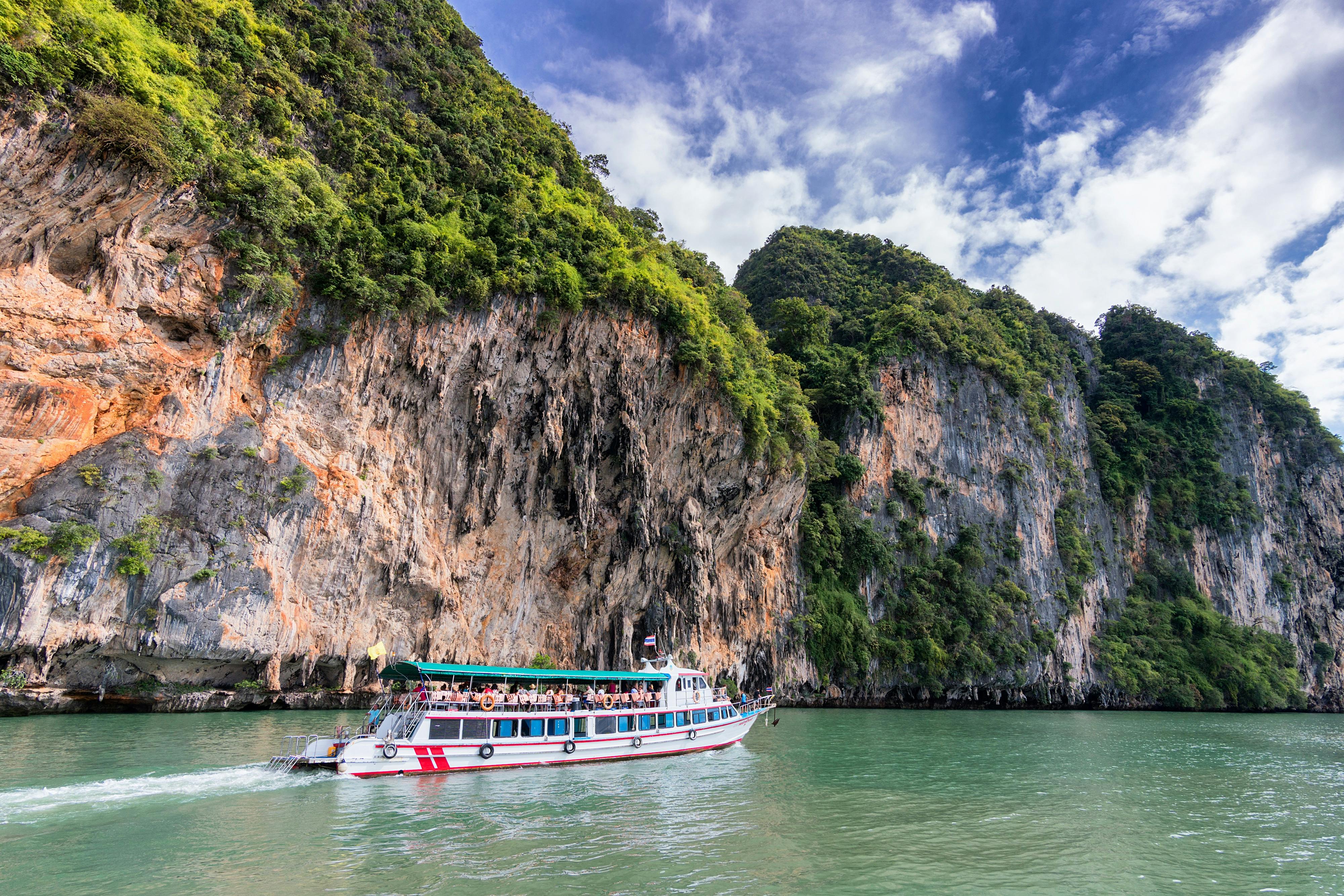10 Destinations Made for Stargazers
Venturing into the night's canvas is a journey that transcends earthly boundaries, inviting stargazers to explore the vast tapestry of the universe. This celestial quest is not just about finding dark skies; it's about connecting with the cosmos, understanding our place within it, and witnessing the wonders that have inspired humanity for millennia. From ancient civilizations that charted the stars to modern-day astronomers unraveling cosmic mysteries, the night sky has always been a source of awe and inspiration. This article will guide you through the top 10 destinations for stargazers, each offering unique perspectives and experiences that enhance our understanding and appreciation of the universe.
1. Mauna Kea, Hawaii: The Summit of Stars
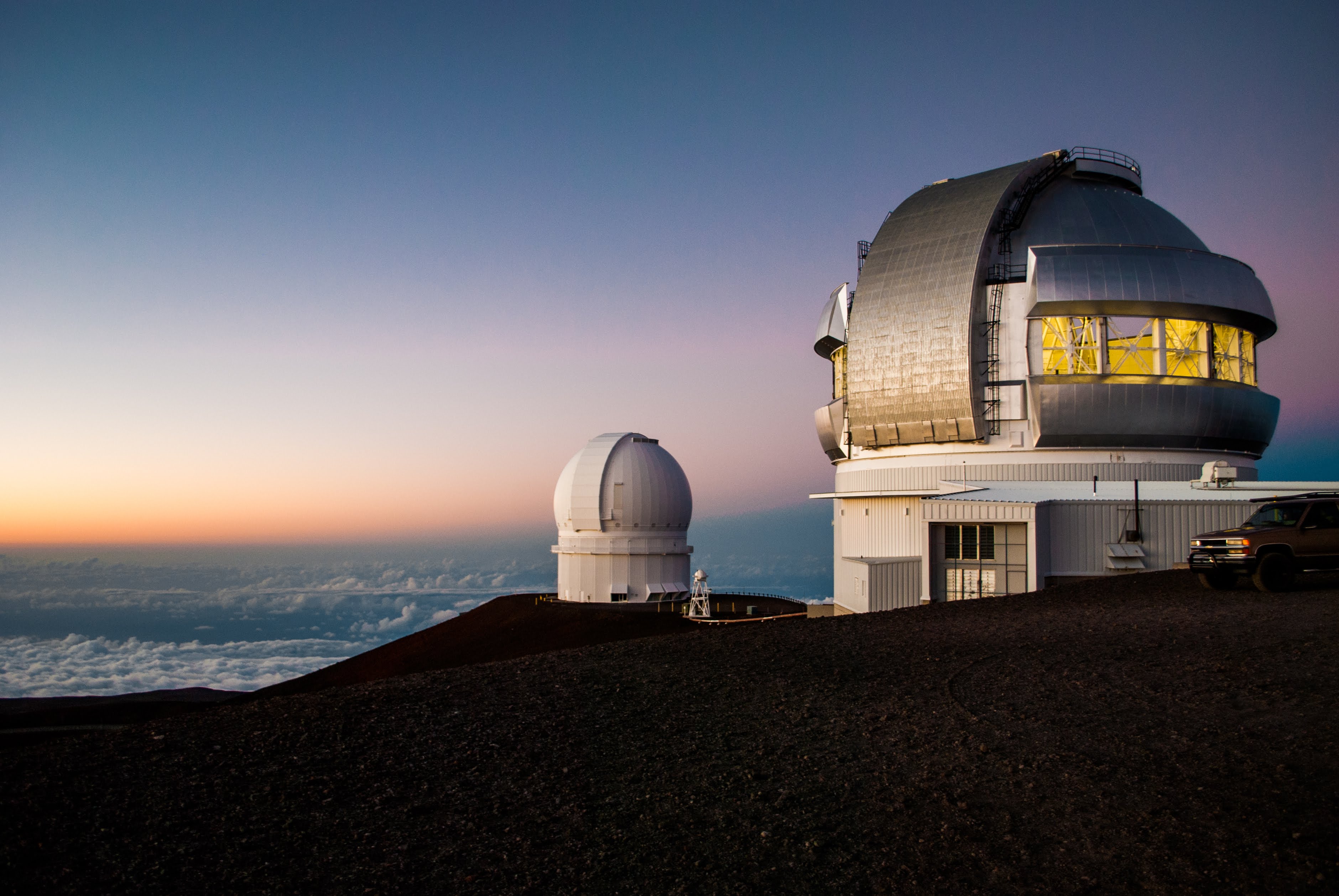
Mauna Kea, a dormant volcano on Hawaii's Big Island, is a premier destination for stargazers due to its high altitude, dry environment, and minimal light pollution. At 13,796 feet above sea level, it offers an unparalleled view of the night sky, making it home to some of the world's most advanced observatories. The summit's clear air allows for exceptional visibility, providing an opportunity to see stars, planets, and distant galaxies with remarkable clarity. Visitors can participate in guided stargazing tours or visit the Mauna Kea Visitor Information Station to learn about the astronomical discoveries made here. This sacred Hawaiian site not only offers a celestial experience but also a cultural one, as it is deeply rooted in native Hawaiian traditions and mythology.
2. Atacama Desert, Chile: A Stargazer's Paradise
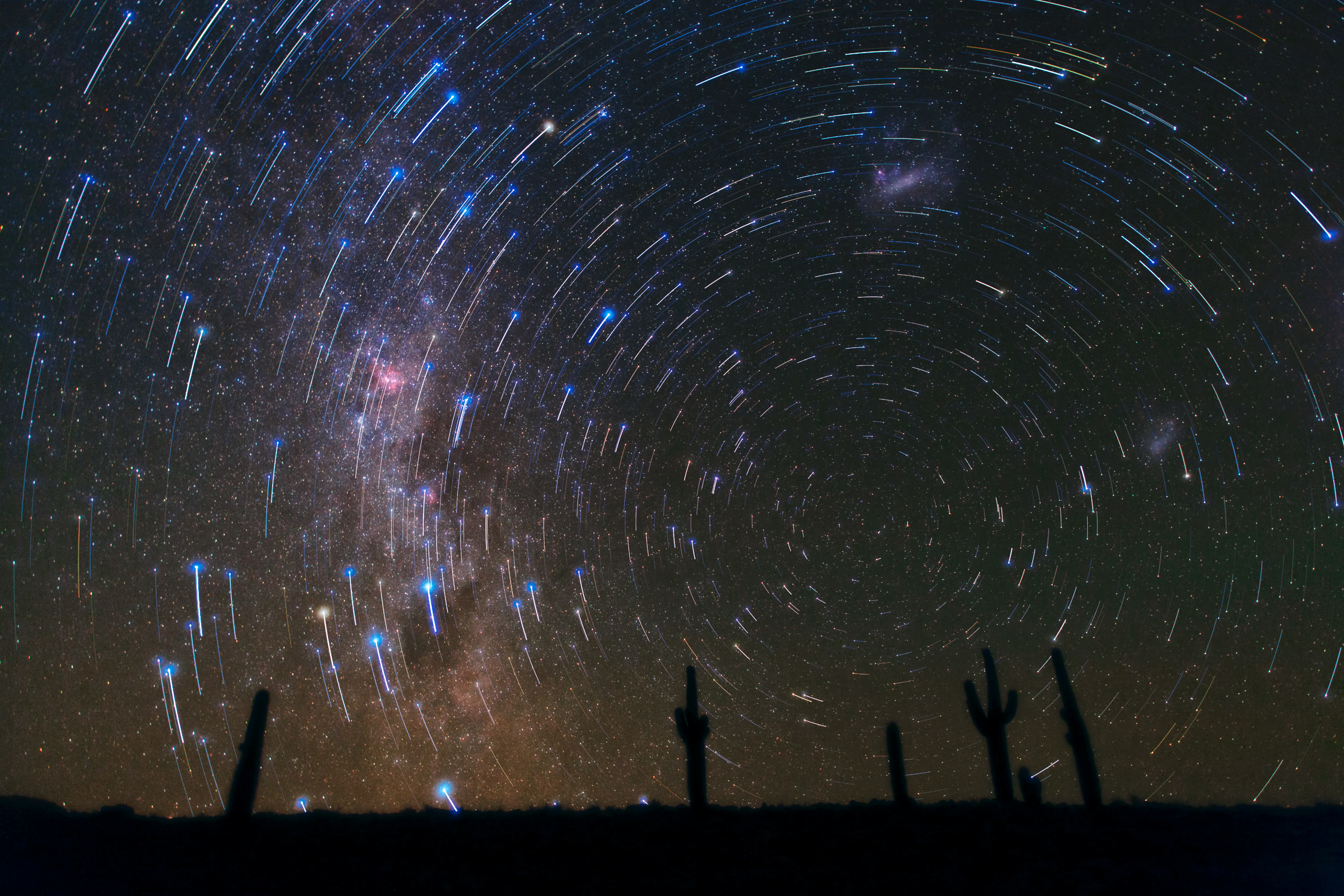
The Atacama Desert in Chile is one of the driest places on Earth, a factor that contributes to its status as a stargazing paradise. With virtually no precipitation and high altitude, the desert provides crystal-clear skies, making it an ideal location for astronomical observation. The European Southern Observatory operates several observatories here, including the Very Large Telescope, which has contributed to significant astronomical discoveries. The desert's remote location ensures minimal light pollution, allowing visitors to see the Milky Way in all its glory. Stargazing tours often include visits to local observatories and offer the chance to learn about the southern hemisphere's unique constellations, promising an unforgettable celestial experience.
3. Aoraki Mackenzie, New Zealand: A Dark Sky Reserve
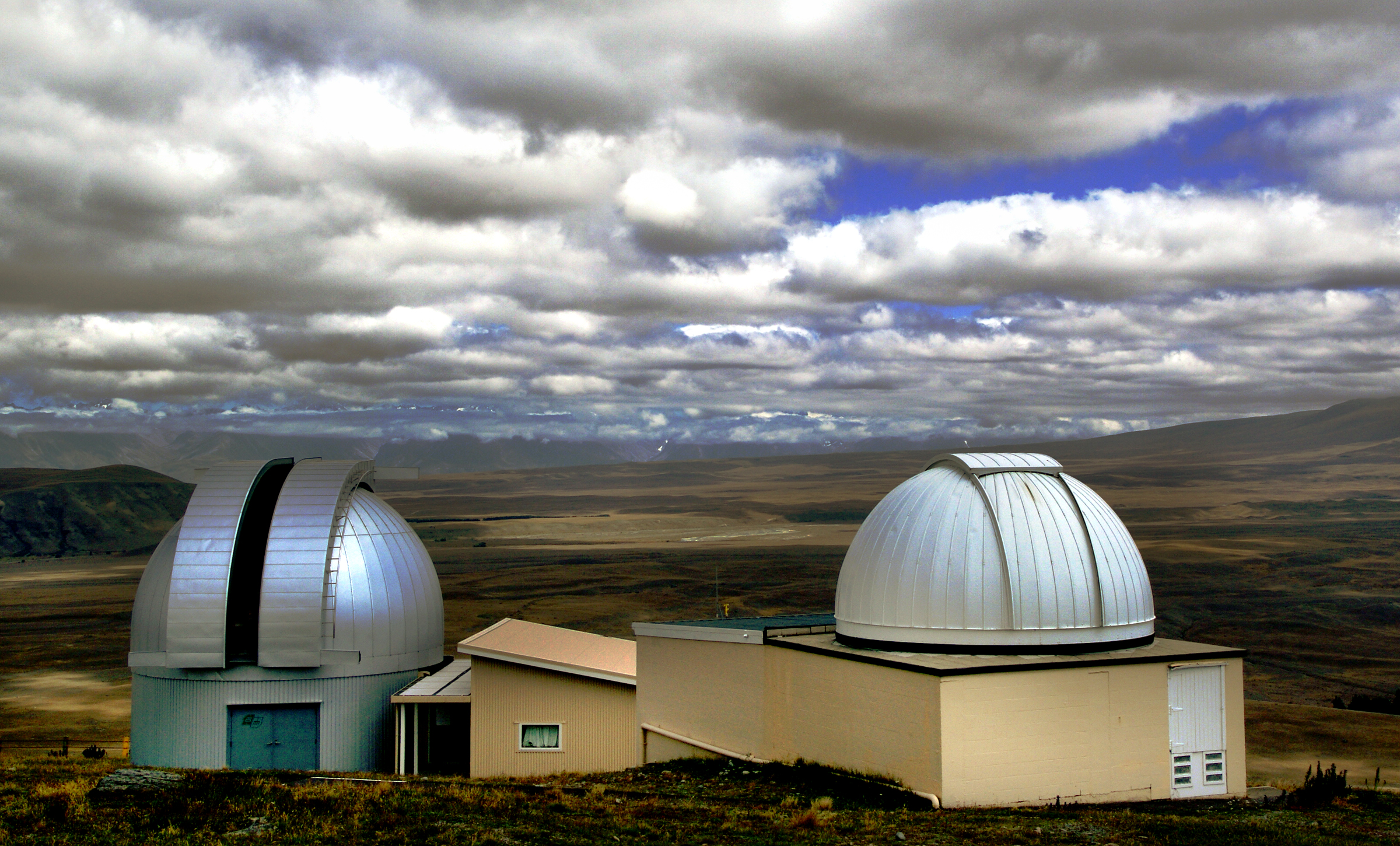
Aoraki Mackenzie in New Zealand is recognized as an International Dark Sky Reserve, one of the largest in the world. This designation ensures the protection of its night skies from light pollution, offering stargazers an exceptional view of the Southern Hemisphere's stars. The reserve is home to the Mount John Observatory, where visitors can explore the universe through powerful telescopes. The region's clear skies and unique location allow for spectacular views of the Magellanic Clouds, the Southern Cross, and the center of the Milky Way. Aoraki Mackenzie not only provides a stunning stargazing experience but also emphasizes the importance of preserving dark skies for future generations.
4. Jasper National Park, Canada: Celestial Symphony
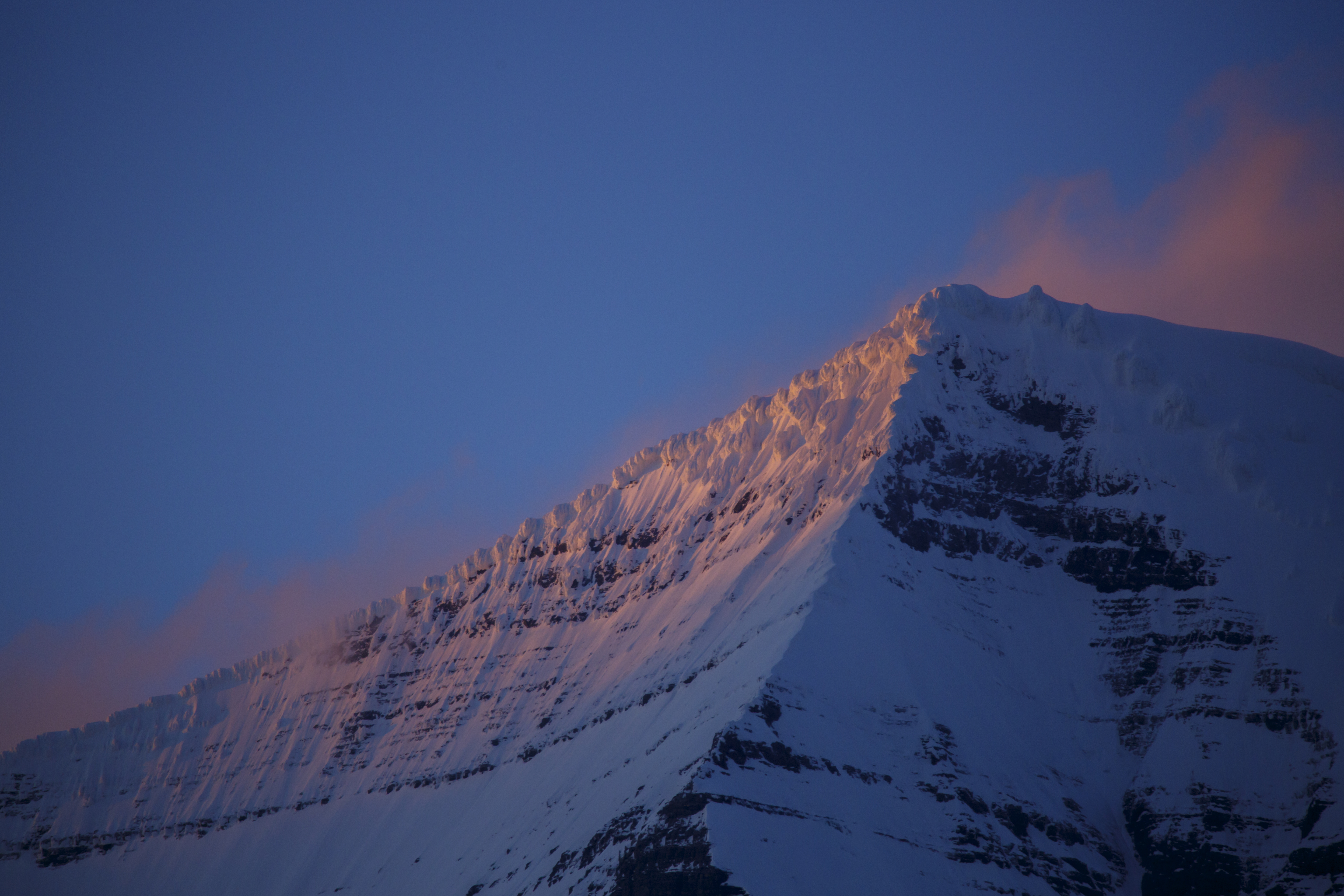
Jasper National Park in Alberta, Canada, is a designated Dark Sky Preserve, renowned for its unspoiled night skies and breathtaking landscapes. Each year, the park hosts the Jasper Dark Sky Festival, attracting astronomers and stargazers from around the world. The festival offers a variety of activities, including guided stargazing sessions, workshops, and guest speakers who share their knowledge and passion for astronomy. The park's vast wilderness provides a serene backdrop for observing the night sky, where visitors can marvel at the Aurora Borealis, meteor showers, and the Milky Way. Jasper's commitment to preserving its dark skies ensures that future generations can continue to enjoy its celestial wonders.
5. NamibRand Nature Reserve, Namibia: A Celestial Sanctuary
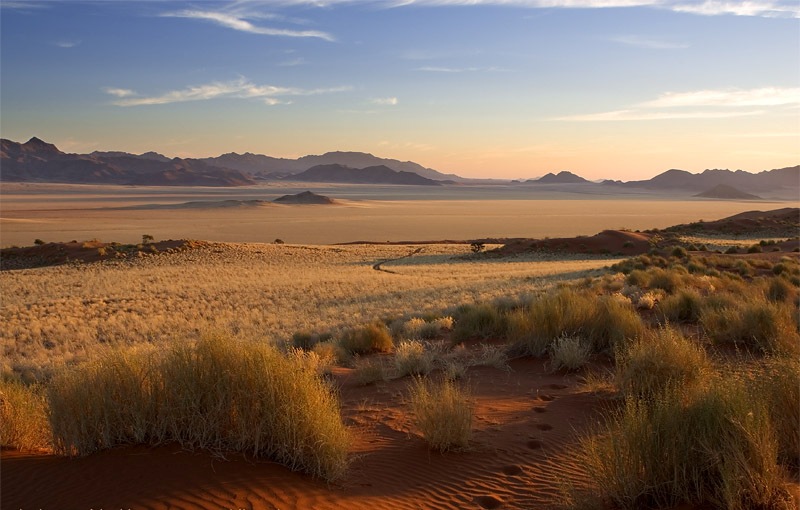
NamibRand Nature Reserve in Namibia is one of Africa's first International Dark Sky Reserves, offering stargazers an unparalleled view of the southern night sky. This vast, remote wilderness is free from light pollution, providing a pristine environment for astronomical observation. The reserve's unique landscape, characterized by rolling dunes and rugged mountains, adds to the allure of stargazing here. Visitors can join guided tours that include telescope viewings and educational talks about the stars and planets visible from the southern hemisphere. NamibRand's commitment to conservation and sustainable tourism ensures that its celestial sanctuary remains protected, allowing future generations to experience its star-filled skies.
6. La Palma, Canary Islands: The Astronomer's Haven
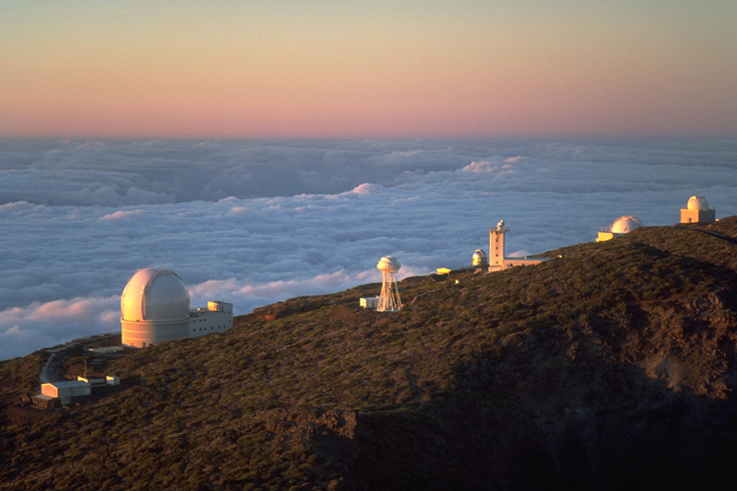
La Palma, one of Spain's Canary Islands, is renowned for its exceptional stargazing conditions. The island's high altitude, clear skies, and strict light pollution regulations make it an astronomer's haven. The Roque de los Muchachos Observatory, situated at nearly 8,000 feet above sea level, is one of the world's leading astronomical research centers. Visitors can tour the observatory and participate in stargazing events that offer insights into the latest astronomical discoveries. La Palma's unique location provides stunning views of both northern and southern constellations, making it a must-visit destination for stargazers seeking a comprehensive celestial experience.
7. Death Valley National Park, USA: A Cosmic Canvas
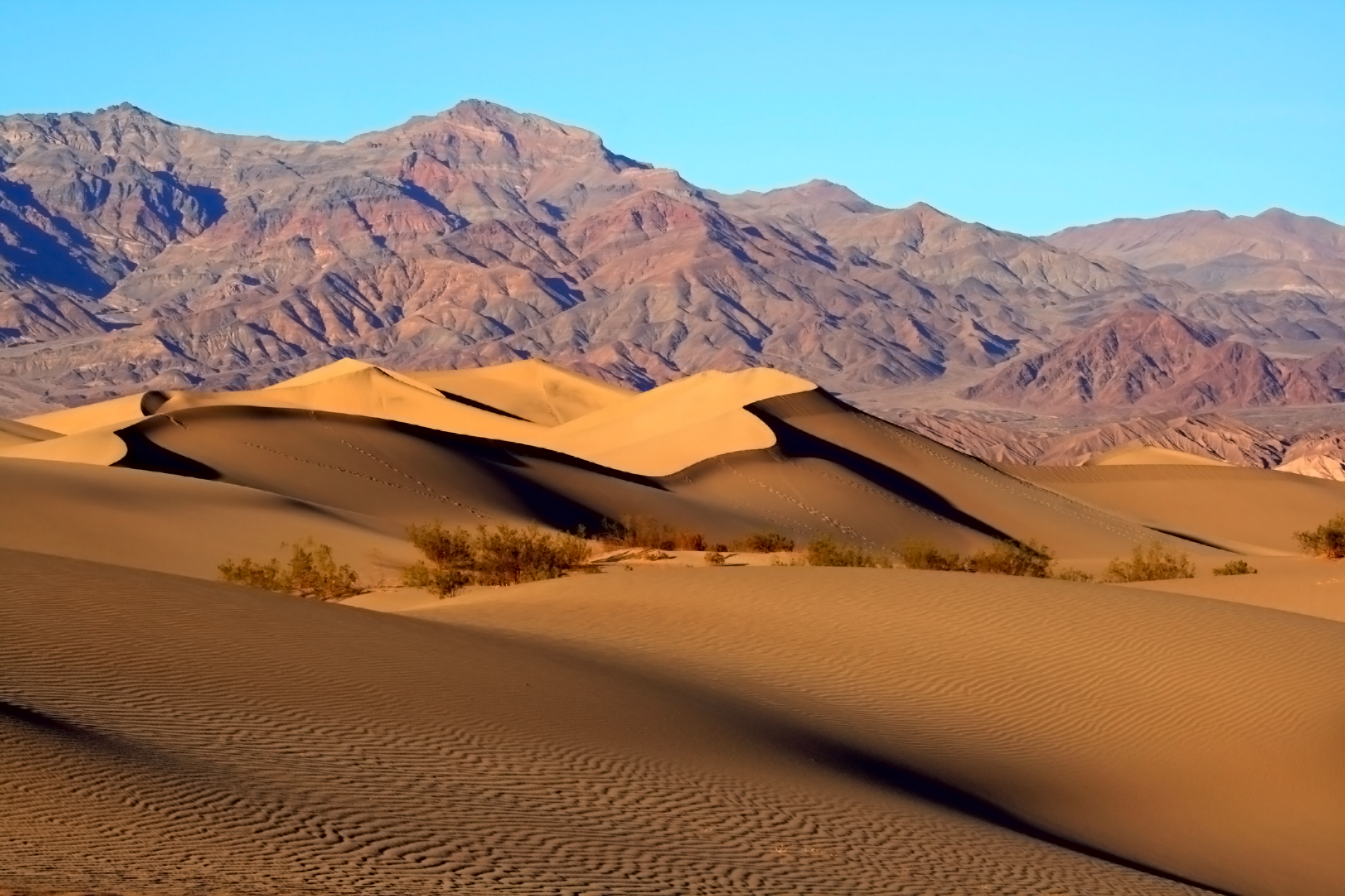
Death Valley National Park in California is one of the darkest places in the United States, offering stargazers a cosmic canvas of unparalleled beauty. The park's vast, arid landscape and minimal light pollution create ideal conditions for observing the night sky. Visitors can attend ranger-led stargazing programs or explore the park's many vantage points for a self-guided celestial adventure. The park's unique geography allows for stunning views of the Milky Way, meteor showers, and distant galaxies. Death Valley's commitment to preserving its dark skies ensures that visitors can continue to enjoy its celestial wonders for years to come.
8. Kiruna, Sweden: The Aurora Borealis Gateway

Kiruna, located in Swedish Lapland, is one of the best places in the world to witness the Aurora Borealis, or Northern Lights. This natural light display occurs when charged particles from the sun collide with Earth's atmosphere, creating vibrant colors that dance across the night sky. Kiruna's remote location and clear skies provide optimal conditions for viewing this breathtaking phenomenon. Visitors can join guided tours that include photography workshops and educational talks about the science behind the Aurora Borealis. Kiruna's unique cultural heritage, including the indigenous Sami people, adds to the richness of the stargazing experience, offering a deeper connection to the natural world.
9. Uluru-Kata Tjuta National Park, Australia: A Sacred Sky
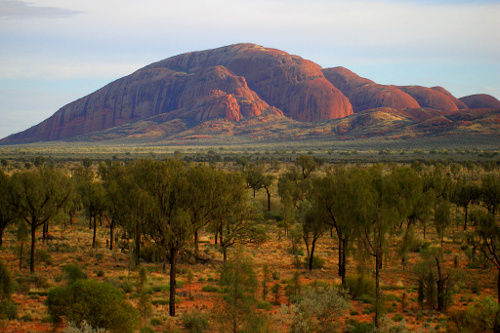
Uluru-Kata Tjuta National Park in Australia is not only a place of immense cultural and spiritual significance but also a prime stargazing destination. The park's remote location and minimal light pollution provide an unobstructed view of the Southern Hemisphere's night sky. Visitors can participate in guided tours that explore the astronomical knowledge of the Anangu people, the park's traditional custodians. These tours offer insights into the cultural significance of the stars and constellations, creating a unique stargazing experience that combines science and spirituality. Uluru-Kata Tjuta's commitment to preserving its natural and cultural heritage ensures that its sacred skies remain a source of inspiration for all who visit.
10. Galloway Forest Park, Scotland: A Celestial Retreat
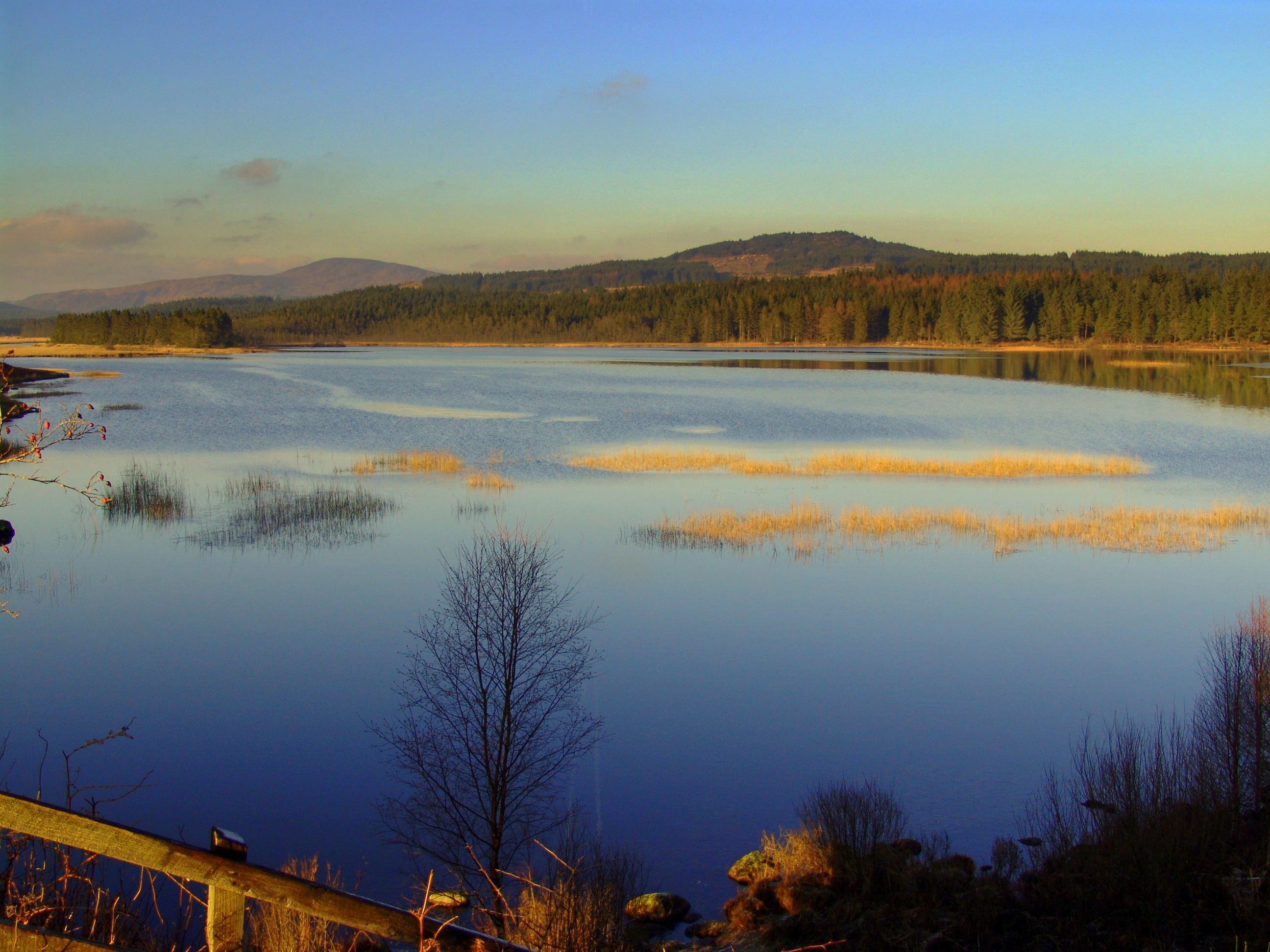
Galloway Forest Park in Scotland is the UK's first Dark Sky Park, offering stargazers a celestial retreat in the heart of the Scottish wilderness. The park's remote location and low light pollution provide an ideal environment for observing the night sky. Visitors can explore the park's many trails and vantage points, where they can witness the beauty of the Milky Way, meteor showers, and distant galaxies. The park also hosts stargazing events and workshops that educate visitors about the wonders of the universe. Galloway Forest Park's commitment to preserving its dark skies ensures that future generations can continue to enjoy its celestial wonders.
The Infinite Journey
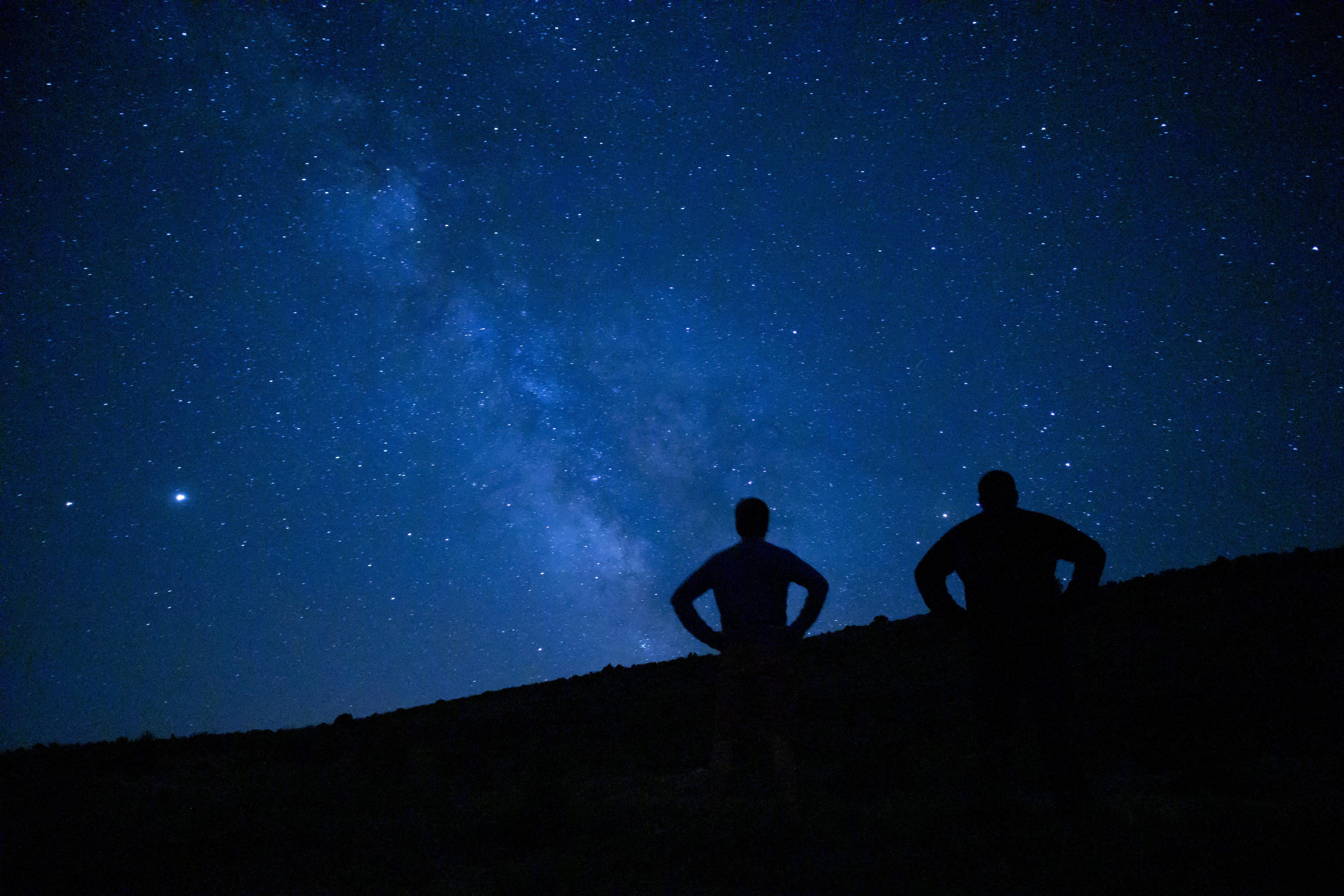
The journey into the night's canvas is an infinite one, offering endless opportunities for exploration and discovery. Each of these destinations provides a unique perspective on the universe, inviting stargazers to connect with the cosmos in profound and meaningful ways. Whether it's witnessing the Aurora Borealis in Kiruna, exploring the sacred skies of Uluru-Kata Tjuta, or marveling at the Milky Way in Death Valley, these destinations remind us of the beauty and mystery that lie beyond our world. As we continue to venture into the night's canvas, we deepen our understanding of the universe and our place within it, inspiring future generations to look up and explore the stars.



